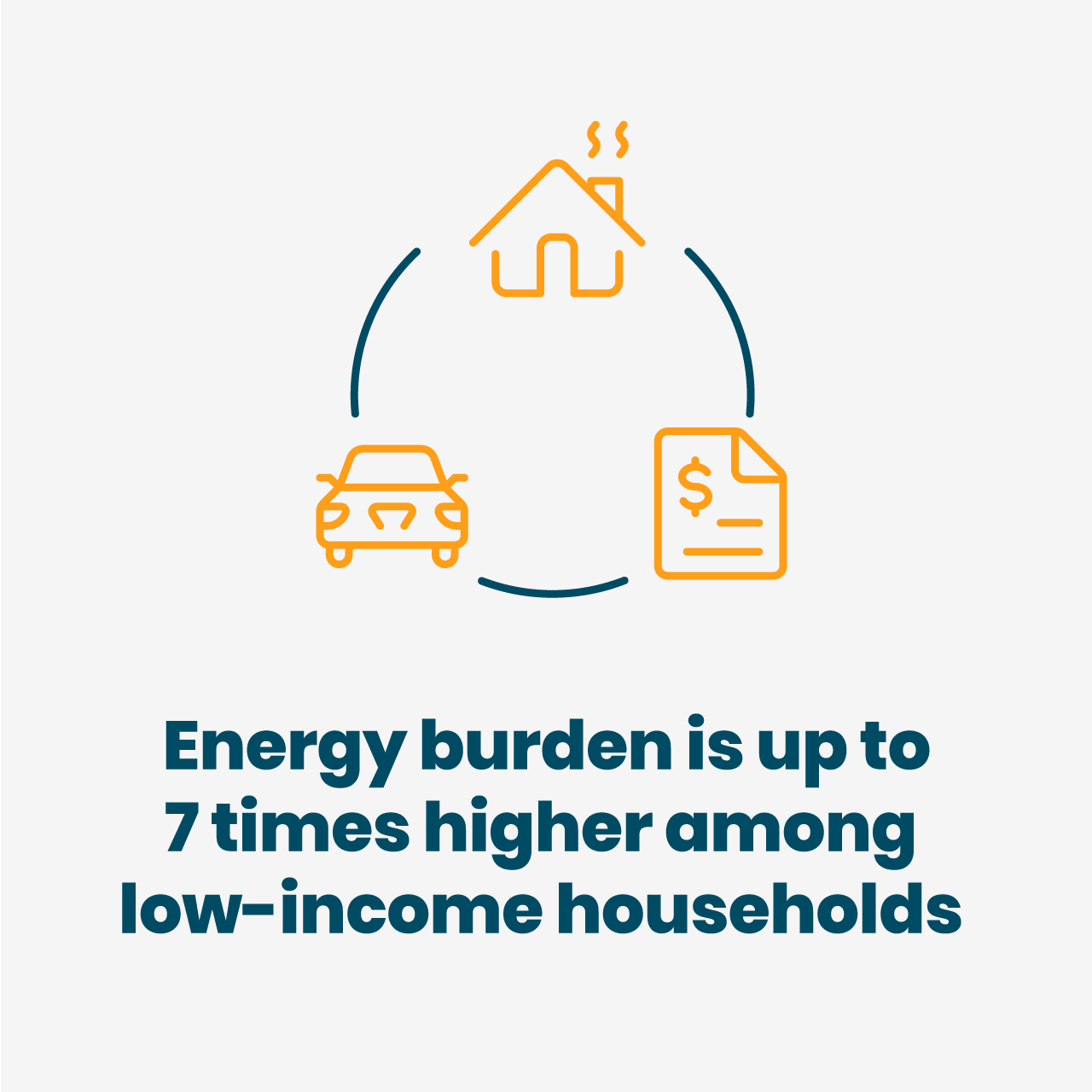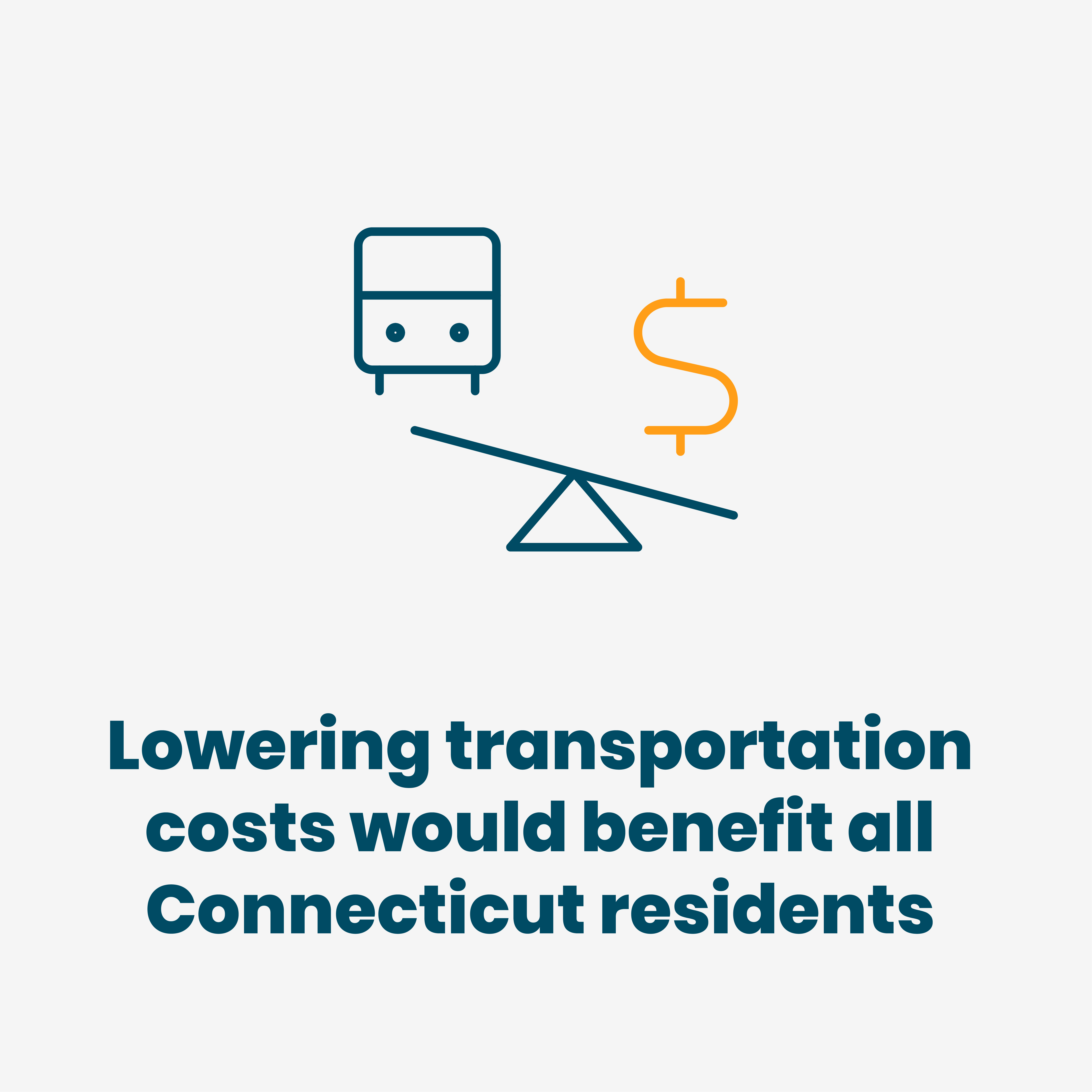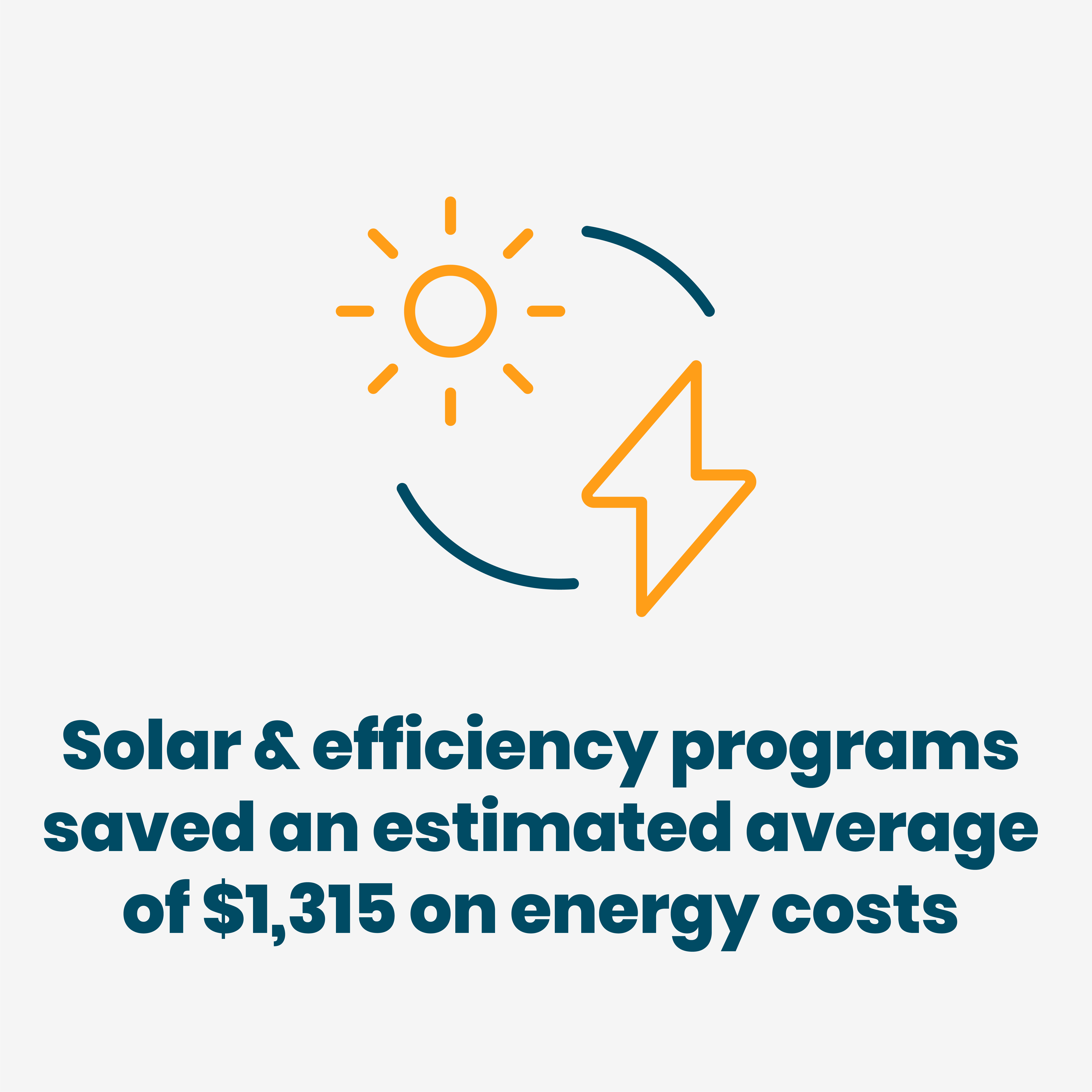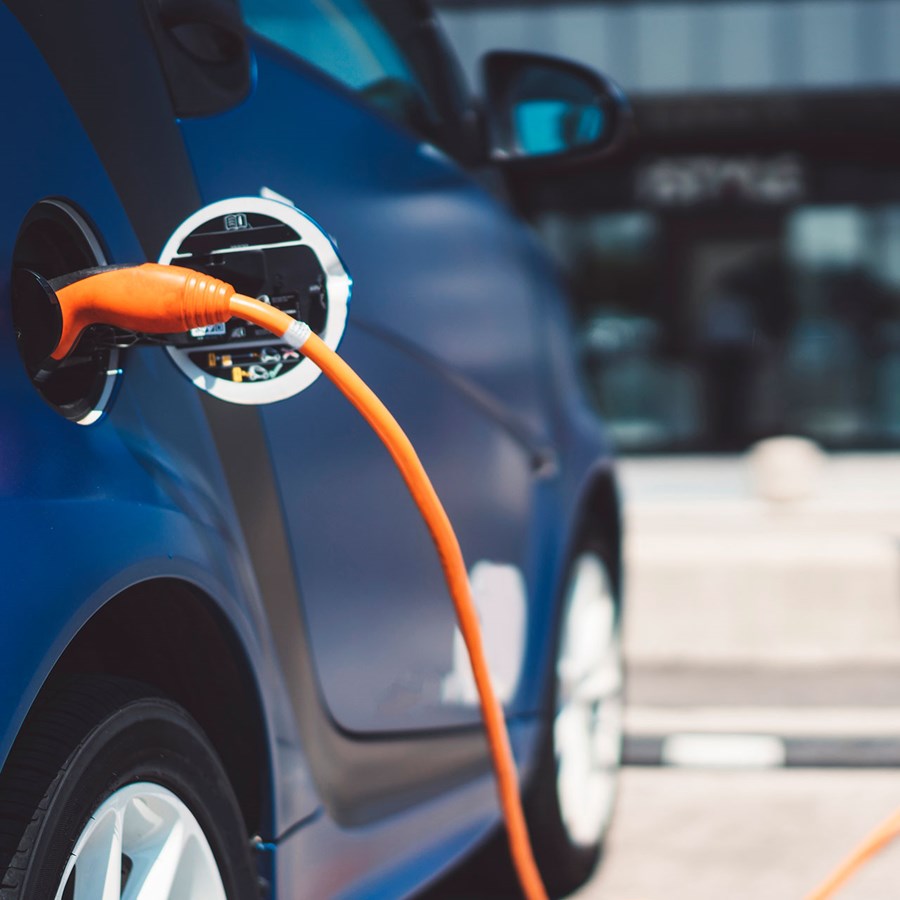How can data inform the design of energy efficiency programs to ensure equitable outcomes?

The Challenge
Connecticut has a poverty rate of 10% and many low- and moderate-income households in the state face unaffordable heating, electric, and transportation costs. The percentage of household income going toward these expenses mapped against what is considered affordable (45% or less) is known as the “affordability gap.” But without an understanding of what drives up cost and which communities are most impacted; solutions are challenging to develop.
The Solution
Working with the Connecticut Green Bank, VEIC analyzed spending on residential building energy and transportation across Connecticut to identify the most cost-burdened communities and to determine what contributed most to their expenses. Building this understanding is the first step to developing equitable solutions. We also assessed existing energy efficiency and renewable energy programs for their potential to successfully address affordability gaps. Services: Energy Efficiency , Transportation Electrification
The Impact
VEIC’s research resulted in two key findings: that combined solar and deep energy retrofit programs can effectively close the building energy affordability gap for low- and moderate-income households; and that transportation costs are too high across the entire state of Connecticut, largely due to vehicle ownership and fuel costs. By expanding existing energy efficiency programs and promoting personal transportation alternatives, it's possible to close the affordability gap for low- and moderate-income households.
Energy expenses — heating fuel, electricity, and transportation costs — are inevitable, and often take up a significant chunk of most people’s overall budget. However, people in low- or moderate-income households are hit the hardest by these expenses. Research has consistently shown that people in these income brackets spend a larger percentage of their overall household income on energy expenses than those living in higher-income households.
In Connecticut, where VEIC conducted a study called “Mapping Household Energy and Transportation Affordability in Connecticut,” energy costs are among the highest in the nation. High costs statewide put an even greater strain on those with high "energy burdens," defined as the portion of peoples' total income that goes toward heating fuel, electricity, and transportation. In some areas of the state, households spend up to 68% of their income on combined energy, transportation, and housing costs, leaving little left over for other essentials or savings. Preserving energy affordability is critical to the ability of these households to not only meet basic needs but also build wealth.
Shrinking the affordability gap
In order to help reduce energy costs, it's vital to understand how much people are spending on energy.
VEIC’s study focused on spending in three areas:
- Building energy (household heating fuel and electricity)
- Transportation (vehicle fuel, transit costs, and vehicle ownership costs)
- Housing (rent or mortgage, plus insurance, taxes, fees, etc.)

By calculating these three costs (expressed as a percentage of household income), and then mapping them against what is considered affordable, we find the difference between the two. This is known as the “affordability gap.” Paying 45% or less of total household income for energy, housing, and transportation costs is considered affordable. Anything above that is too much.
In Connecticut, most households pay about 49% toward combined energy, housing, and transportation costs, which is already above the affordability threshold. But some low-income households in Connecticut spend up to 68% of their total budgets on household energy and transportation.

What drives up burden and who is hit the hardest?
In Connecticut, the people most affected by high affordability gaps live in urban areas: Hartford, New Haven, Waterbury, and Bridgeport. They’re also typically the poorest, with the affordability gap widening for people in households earning less than 60% of the state median income. Additionally, VEIC found that transportation costs were largely responsible for driving up the combined affordability gap, across much of the state, as the cost of owning and operating a car took up a significant chunk of household income. Only mortgage and rent are bigger costs for most Connecticut households.
A range of programs already exist in Connecticut to help people struggling with high energy costs, such as weatherization, fuel-assistance programs, and the Solar for All program. Yet very few programs exist to address transportation expenses, even though these costs tend to be higher than heating or electricity costs. Clearly, addressing the cost of getting around could be a powerful way to shrink the affordability gap and have an immediate impact on struggling Connecticut residents’ bottom lines, while potentially increasing access to jobs and other services.

Transportation costs are high across all income levels and in urban, suburban, and rural areas, suggesting that all Connecticut residents — regardless of location or income — would benefit from programs designed to help shrink costs.
According to the data, gas-powered cars were responsible for a great majority of this expense and also contribute greatly to greenhouse gas emission levels. In nearly all areas of the state, a personal vehicle is needed to achieve an adequate level of mobility.
To address these challenges, VEIC recommended two distinct strategies:
- Reduce dependence on personal vehicles through increased access to high-quality public transportation and electric bikes.
- Incentivize the adoption of electric vehicles to reduce fuel costs for households who need a car to get around.
“By taking a careful, analytical look at the break down of energy expenses for Connecticut residents, we were able to move beyond the knowledge that cost of living is too high, to an understanding of why it’s too high and what we can do about it. This assessment is crucial as we look to make impactful investments.”
Finding effective solutions
Programs that provide both energy efficiency upgrades and solar energy options can and do shrink the energy affordability gap for low- and moderate-income households.
However, it's imperative to provide alternatives to high-cost transportation options, and to make the most of existing energy programs. The strategies outlined above to promote reduced personal vehicle use would result in a more equitable and affordable transportation system.

VEIC identified several existing energy programs that could help people close the affordability gap — while noting that more investment from the state is needed to help people struggling to pay energy costs.
Using data to power real change
Families across the nation are facing high energy and transportation burdens. By conducting thorough, critically evaluated studies using real data and real expenses, it’s possible to identify, analyze, and help solve challenges of affordability. In doing so, we can also work toward reducing greenhouse gasses for a healthier, more equitable world.
This critical analysis of the factors driving up burden for families was sponsored by the Connecticut Green Bank and Operation Fuel and conducted by VEIC. Read the full report.
This project's team leaders
View Our Team




